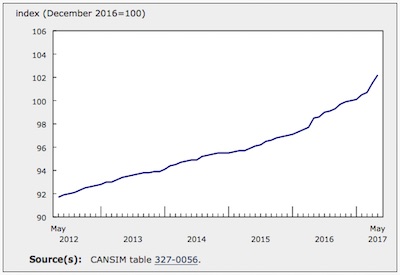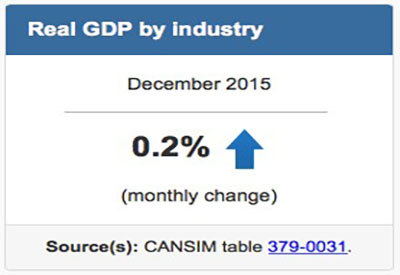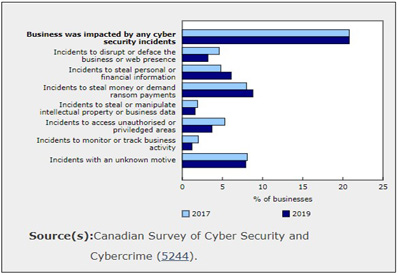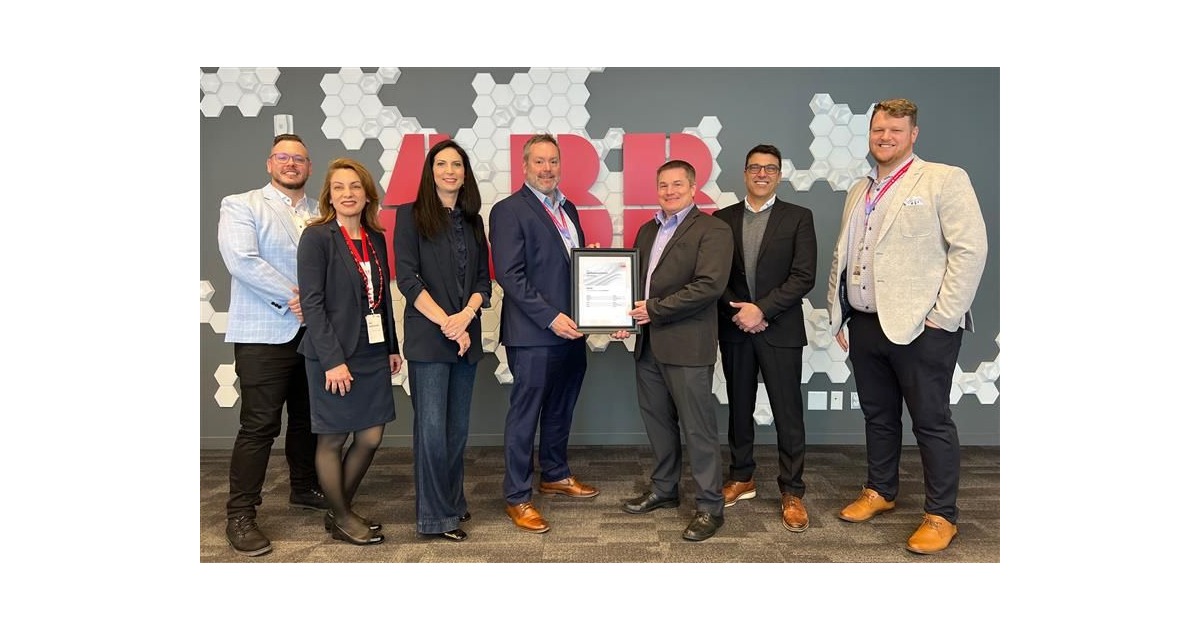Augmented Reality Becomes Actual Reality
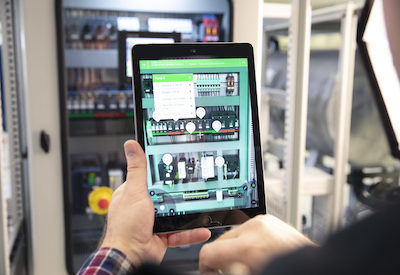
June 24, 2021
By Golsa Fouladinejad
Augmented reality (AR) was once the stuff of Hollywood fantasies. Remember Marty McFly’s son in Back to the Future II sporting a head-mounted graphical display at the kitchen table? How about the use of AR-based gesture recognition throughout Steven Spielberg’s Minority Report? Or the helmet-mounted AR display in Iron Man?
Since these films hit the silver screen, augmented reality has become actual reality, finding its way into data centres, critical care facilities, plant operations, and more. According to IDC, the global AR/VR (virtual reality) market will see a 77% compound annual growth rate from 2019 to 2023.[1] When you consider the profound impact AR is having on facility operations and maintenance, it’s easy to understand why.
First, a quick definition: AR is an interactive 3D experience that combines a view of the real world with computer-generated elements incorporating real-time data feeds. When applied to electrical power distribution across a wide range of businesses and industries, AR has the potential to greatly increase power availability, electrical safety, and efficiency. Here’s why:
• Availability — AR helps organizations optimize operations and maximize continuity for better productivity and profitability
• Safety — AR helps to reduce the risk of occupational injuries and fatalities
• Efficiency — AR help reduces the total cost of ownership by offering more accessible and effective training
Minimize human error
Human error is the chief cause of downtime, with up to 75% of outages caused by humans in data centres.[2] Across all businesses, the average cost of downtime per hour is US$260,000, an increase of 60% since 2014.[3] And with the proliferation of technology in today’s business operations, more planned shutdowns and outages are required for maintenance, repair, or modernization.[4]
Companies are embracing AR because it is a proven remedy for human error:
• visually guides the operator step by step to eliminate the risk of human error
• uses exit conditions to ensure a prerequisite is completed before the next step is started
• ensures operators perform the right action with the right equipment via navigational and operator guidance using spatial awareness
• reduces mean time between repairs (MTBR) with remote assistance by domain experts, guiding operators using a head-up display (HUD), laser pointers, and virtual pens
• cross-correlates devices with edge control software to check or confirm the outcomes of operations
• minimizes planned shutdowns and outages with virtual vision capabilities, allowing interior views of electrical panels
• enables quicker and better decision-making with augmented animated system diagrams
• offers optional voice guidance or alerts; additional layers of data such as condition monitoring or voltage presence can offer a cross-check for operators
Reduce operational injuries and fatalities
There are 2.8 million non-fatal injuries and illnesses per year in U.S. private industry. That represents 2.8 cases per 100 full-time workers. In 2019, the U.S. experienced the most occupational fatalities since 2007. There was also a 3.75% increase in injuries — 1,900 injuries per year involving days away from work and 166 additional fatal electrical injuries. Of all incidents, 65% occur during construction, installation, maintenance, and repair.[5]
AR is a transformational electrical safety solution, helping to minimize occupational injuries and fatalities:
• provides a reduced-risk environment via augmented animated system diagrams
• reduces operator error with step-by-step guided procedures
• tailors warning and safety recommendations to local compliance codes
• ensures accurate communication of safety instructions via a remote augmented assistant
• permits “nearby operation” from a safer distance, with risk zones and arc flash boundaries highlighted
• allows virtual interior views of electrical panels, reducing exposure to dangerous conditions
Lower total cost of ownership
Training helps ensure operator efficiency, but it’s costly. Companies often spend more than US$1,000 per person per training event, and multiple sessions throughout the year are usually required to ensure familiarity and preparedness. While in-person, on-the-job training is the most effective instruction model, it poses a significant risk to operations uptime and safety. Human-machine interfaces (HMIs) are fixed in specific locations, which often makes it impractical or impossible to connect the digital and real-life realms. Additionally, in a world changed by the pandemic, it has become more difficult to schedule and coordinate in-person training.
AR offers the experience-based value of in-person training while reducing the cost and increasing instruction efficiency:
• Makes virtual simulated training available 24/7
• Includes augmented guided procedures for more effective training
• Improves operator effectiveness via virtual training and simulation using a digital twin that completely replicates the actual equipment
• Offers interactive control actions using virtual equipment with real-time data and feedback
• Provides remote augmented training by top domain experts
• With augmented virtual vision capabilities, enables training on internal components without interrupting operations
• Promotes more efficient operations with augmented HMI tools that follow operator movements and are instantly accessible for more efficient operations
• Allows quick access to documentation
• Provides digital overlays for real-time data monitoring, control, and setting management
Turn to Schneider Electric for augmented reality solutions
As the global leader in the digital transformation of energy management and automation, Schneider Electric teams with professional and trade partners to make buildings and operations reliable, efficient, safe, and sustainable. Our EcoStruxure Augmented Operator Assistant (AOA) solution is deployed at more than 1,000 sites globally, helping operators minimize human error, reduce injuries and fatalities, and lower operating expenses. To learn more, visit our website (www.se.com/ww/en/) or contact your Schneider Electric representative.
Golsa Fouladinejad leads Schneider Electric’s global deployment of EcoStruxure Power IoT-enabled solutions for medium- and low-voltage applications. She has 19 years of business experience covering a myriad of topics: digital transformation, Industry 4.0, e-mobility services, sustainability & energy efficiency services, and energy management & automation products & services. She has held a variety of positions including strategy, marketing, sales & sales management, international business development, change management, corporate start-ups, and general business management. Golsa has worked in Iran, UAE, France, China, and Russia.
This article first appeared as a Schneider Electric blog; https://blog.se.com/electrical-safety/2021/06/01/ar-becomes-actual-reality/?Source=SchneiderElec
Notes
1. “20 Augmented Reality Statistics You Should Know in 2021,” Threekit; www.threekit.com/20-augmented-reality-statistics-you-should-know-in-2020
2. Source: The Uptime Institute
3. Source: Aberdeen Group
4. Source: Elsevier B.V. ScienceDirect
5. Source: U.S. Bureau of Labor Statistics

